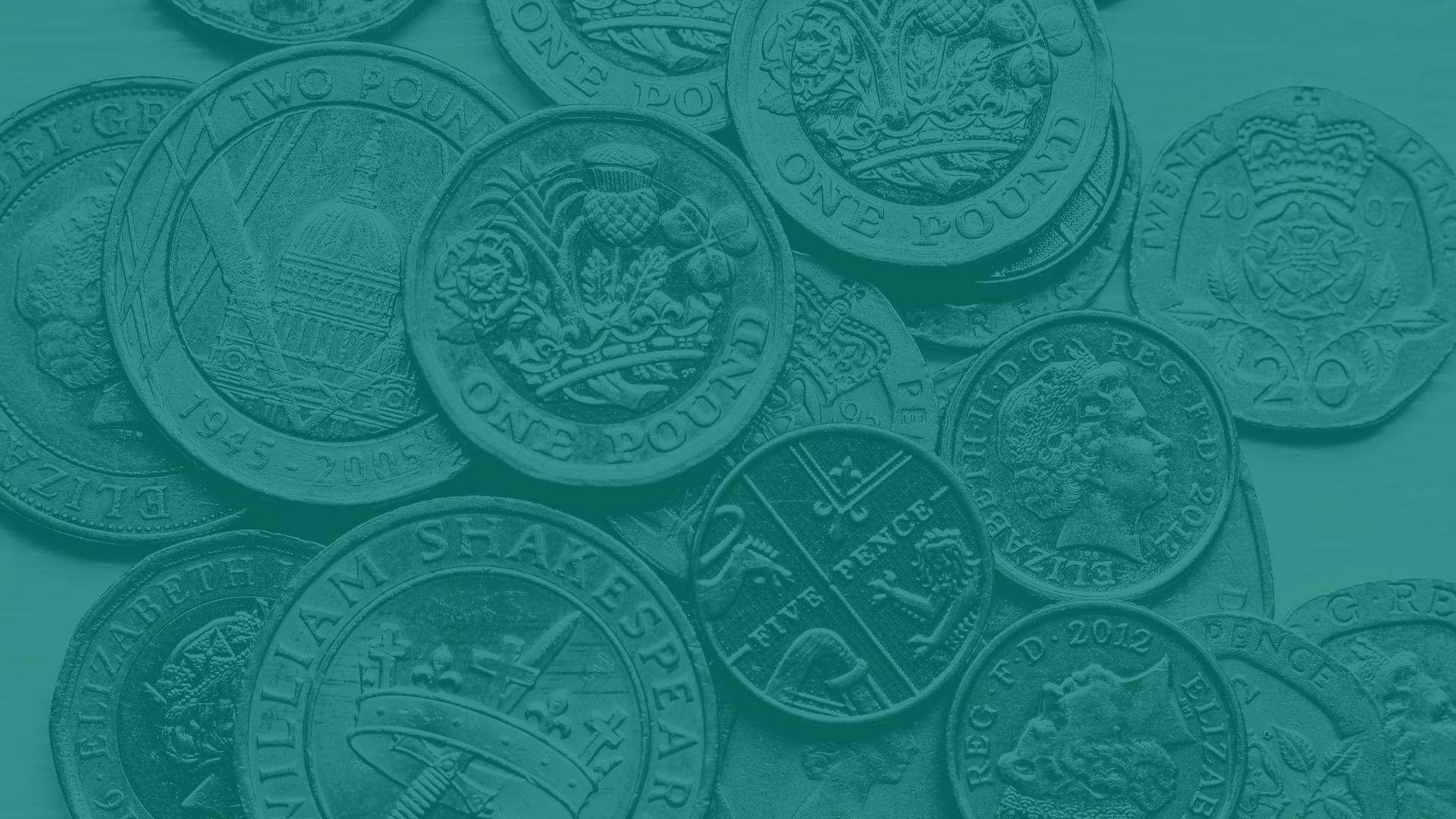Marketing should be an investment, not a gamble. But for many business owners and marketing managers, working out whether that investment is delivering a return feels like trying to read tea leaves.
You’re running paid campaigns, posting content, building your brand… but is it translating into actual revenue?
Without a clear understanding of marketing ROI, it’s easy to fall into the trap of throwing good money after bad – wasting budget on channels that don’t perform, or missing opportunities where you could be scaling your business.
At Qoob, we work with ecommerce and DTC brands to make data-led decisions that lead to growth. This guide will help you understand how to track ROI properly, identify the metrics that matter, and make confident decisions to drive better outcomes.
What is Marketing ROI & Why Does It Matter?
At its core, Marketing ROI measures the return on your marketing investment. The basic formula looks like this:
ROI = (Revenue from Marketing – Cost of Marketing) / Cost of Marketing × 100
It’s a simple equation, but the implications are powerful. ROI tells you if your marketing is actually profitable – and which activities are worth your time and budget.
Why it matters:
- It helps you allocate spend to the right channels and the details within them. It might mean that you choose to put more money and time into email marketing as you’re seeing fantastic returns, or you might choose to focus your paid advertising (PPC) into specific products because those ads are working best.
- It enables smarter, faster decisions. You don’t need to wait months to see how things are working; with regular monitoring and adaptation to changing needs tou can make sure you’re spending your money where you should.
- It keeps everyone accountable – internally and externally. By being able to understand ROI you can make sure that everyone is working to the most efficient tasks. Whether you’re managing in-house or you’re working with an agency, you need to know that you’re getting the best bang for your buck.
- It highlights what’s working and what needs improving. It’s as simple as that.
Not every channel has the same impact. Paid search might drive quick conversions, while SEO and content marketing build momentum over time. That’s why a good ROI strategy goes beyond the numbers, it’s a framework to base things on for you to add context.
Key Metrics to Track ROI
To measure ROI properly, you need to go deeper than just clicks and impressions. Here are the core metrics we recommend tracking:
- Customer Acquisition Cost (CAC): How much you spend to acquire each new customer. This is important because it helps you to understand the overall profit you may see from a customer.
- Customer Lifetime Value (CLV): The total revenue a customer brings over their relationship with your brand. This is important because if you know that a customer will often buy again and again, or will subscribe for longer then you can adapt your marketing.
- Conversion Rate: The percentage of visitors who take the action you want – whether that’s buying a product, signing up to your service, or even booking a demo of your product. It’s important to track the things that are important to you; not all businesses are interested in the same thing.
- Return on Ad Spend (ROAS): How much revenue you generate for every bit of coin you spent on advertising. This is easy to track within channels like paid advertising on Google etc, assuming you’ve got all the right tracking in place.
- Marketing Attribution: Identifying which channels contribute to conversions – because not every win happens on the last click. You may see visitors to your site bounce around your socials media profiles, click paid ads, go through the website etc – it’s not always a straight path.
These metrics build a clearer picture of how your marketing efforts are performing and what’s delivering real value.
Tracking & Analysing Marketing Performance
It’s one thing to know what to measure but you also need to know how to measure it. Here’s how we help our clients connect the dots:
- Google Analytics: Track traffic, user behaviour, and conversion goals.
- CRM & Sales Data: See which leads convert into revenue.
- Ad Platform Insights: Meta Ads, Google Ads, LinkedIn – each offers performance metrics like ROAS and cost per result.
- UTM Tracking: Add these short codes to URLs to track where traffic comes from and how it performs.
Tools are powerful, but only if they’re set up right and used consistently. If this is an area you struggle with, it might be time to bring in some outside support (spoiler alert: we can help with that).
Improving ROI: Optimisation Strategies
Once you’re measuring ROI, the next step is to improve it. Here’s how we work with brands to do just that:
- Cut the waste: Identify underperforming channels and reinvest in the ones that drive real conversions. If something isn’t working, and you can’t make it work quickly then you can push other things in the meantime and try to optimise the other things over time.
- Run A/B tests: Try different creatives, offers, and landing pages to see what resonates best. You might need to send different versions of emails out, or run similar ads with slightly different wording. It’s a science, you need to keep testing to get it right. No one – no even us – will get it right first time!
- Sharpen your targeting: Segment audiences and personalise your messaging. By having good target segmentation you can be more likely to be sending the right message to the right people. It’s unlikely – but not impossible – that your product aimed at 18-25yr olds will appeal to a much older demographic, so by targeting those specifically you can avoid ad spend wastage.
- Think long-term: Channels like SEO, content marketing and email flows may take time, but they often deliver the strongest ROI over months, not weeks. While there are quick wins out there that can deliver consistently, it doesn’t hurt to have longer term marketing strategies in place.
ROI isn’t just about short-term wins, it’s about consistent, sustainable growth.
When to Get Expert Help with Measuring ROI
Tracking ROI can be overwhelming. You’re spinning plates, juggling platforms, and trying to hit revenue targets. At the same time you might be a business owner trying to run your business as well, with a small marketing team perhaps.
Here are some signs it’s time to bring in reinforcements:
- You’re spending money on marketing, but can’t confidently say what’s working. It’s an old adage that you only ever know what 50% of your marketing is doing, but with reliable setup and tracking you can make it a lot higher than that.
- Reporting is inconsistent, unclear, or non-existent. If you’re not getting regular reports, of they’re full of jargon, or even worse they’re full of smoke and mirrors then it’s time to get some expert knowledge in there.
- You’re unsure which channels are driving results, or whether to scale back or double down.
- You feel like you’re guessing instead of planning.
At Qoob, we help DTC and ecommerce brands understand how to perform better. We’re plain speaking and we don’t hide anything. From strategy to execution, we work as part of your team to bring clarity and results.
Make Your Marketing Work For You
If you’re not measuring ROI, you’re not really managing your marketing. But with the right metrics, tools, and strategy, you can transform your campaigns from cost centres into growth engines.
Want to know if your marketing is doing what it should? Let’s find out together.
Contact us today for a no-nonsense marketing performance review. Let’s make sure your budget is working as hard as you are.




